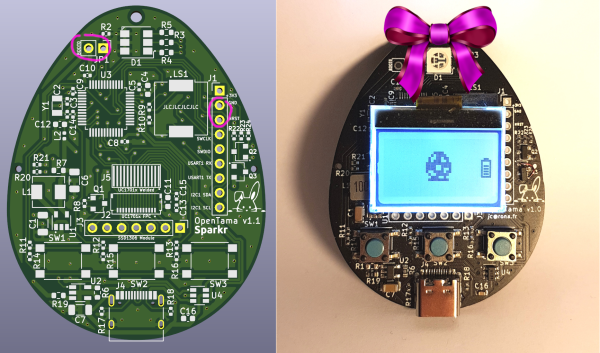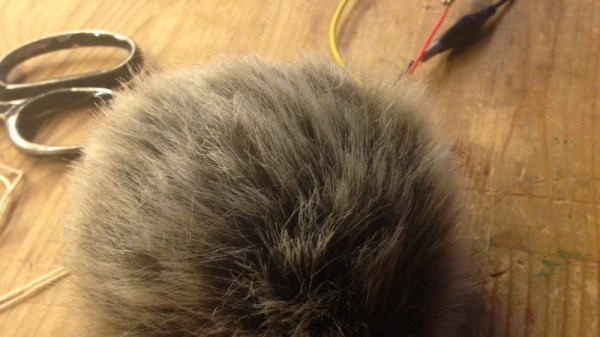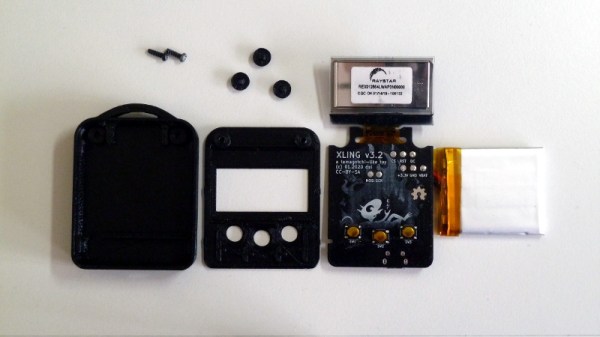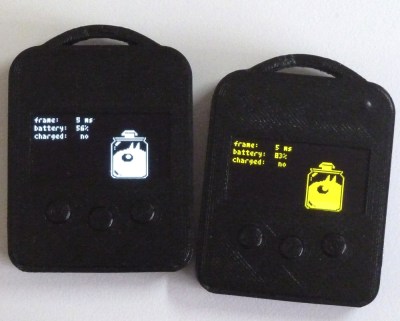As long as we get to make our own network security tools, why not make them look cute? Netgotchi may not be much more than an ESP8266 running network scans and offering up a honeypot service, but it smiles while sits on your desk and we think that’s swell.
Taking inspiration from a recent series of red-team devices that make hacking adorable, most obviously pwnagotchi (and arguably Flipper), Netgotchi lives on the light side of the Force. Right now, it enumerates the devices on your network and can alert you when anything sketchy joins in. We can totally imagine customizing this to include other network security or health checks, and extending the available facial expressions accordingly.
You might not always be thinking about your network, and if you’re like us, that’s probably just fine. But we love standalone displays that show one thing in an easily digestable manner, and this fits the bill, with a smile.



















